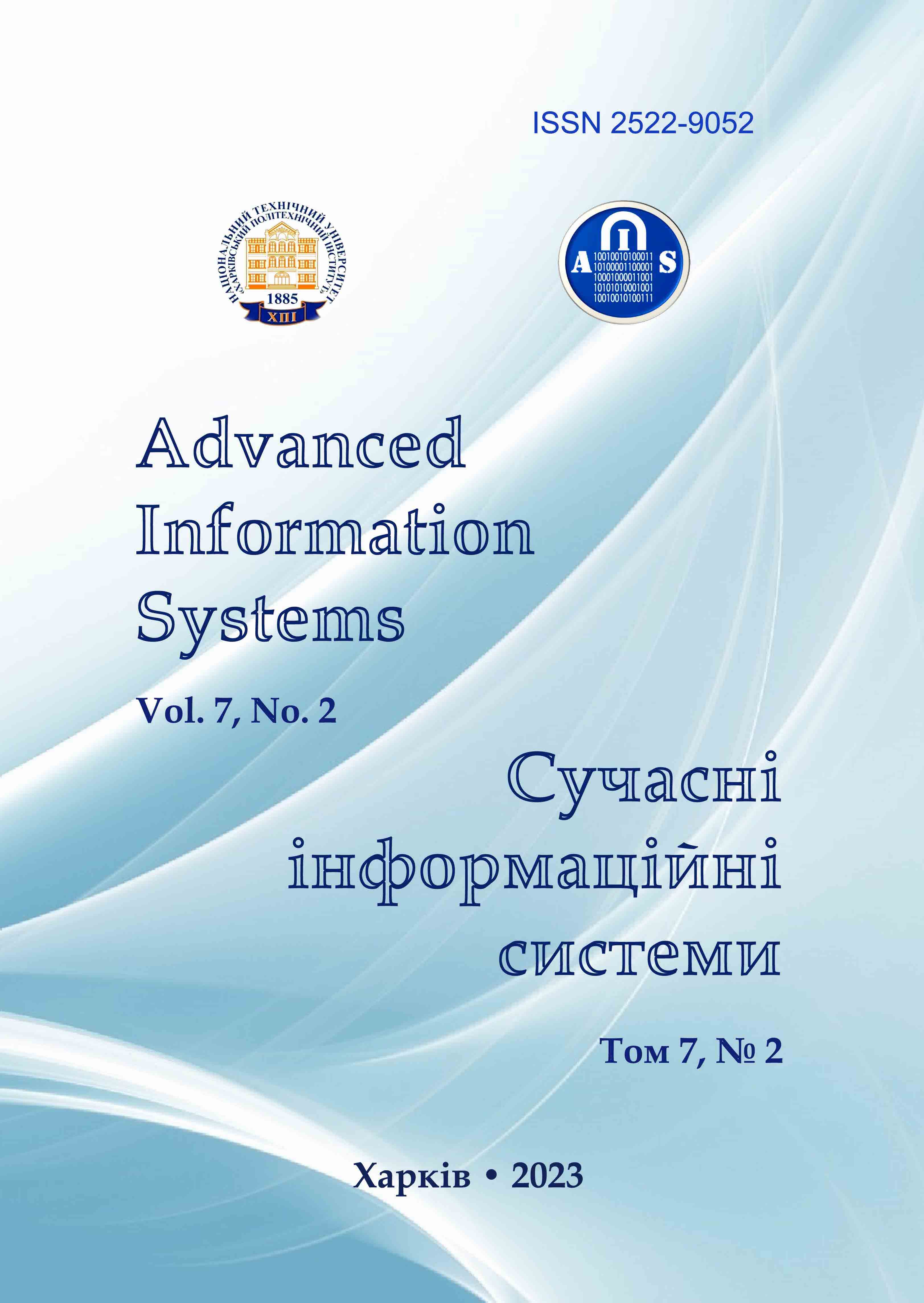GENERATING CURRENCY EXCHANGE RATE DATA BASED ON QUANT-GAN MODEL
Main Article Content
Abstract
The aim of the research. This paper discusses the use of machine learning algorithms to generate data that meets the demands of academia and industry in the context of exchange rate fluctuations. Research results. The paper builds a Quant-GAN model using temporal convolutional neural networks (CNN) and trains it on end-of-day and intraday high-frequency rates of currency pairs in the global market. The generated data is evaluated using various statistical methods and is found to effectively simulate the real dataset. Experimental results show that data generated by the model effectively fits statistical characteristics and typical facts of real training datasets with good overall fit. The results provide effective means for global FX market participants to carry out various tasks such as stress tests and scenario simulations. Future work includes accumulating data and increasing computing power, optimizing and improving GAN models, and establishing evaluation standards for generating exchange rate price data. As computing power continues to grow, the GAN model’s ability to process ultra-large-scale datasets is expected to improve.
Article Details
References
Graves, A. (2012), “Supervised sequence labeling with recurrent neural networks”, Studies in Computational Intelligence, vol. 385, Springer, Berlin, Heidelberg,142 p., doi: https://link.springer.com/book/10.1007/978-3-642-24797-2.
Xu, Q., Gao, H., Yuan, Ya., Guo, Ch., Sun, Yu, Wu, F. and Weinberger, K. (2018), “An empirical study on evaluation metrics of generative adversarial networks”, arXiv Preprint, arXiv:1806.07755, doi: https://doi.org/10.48550/arXiv.1806.07755.
Kingsep, K. (2021), Quant gan Code In GitHub, doi: https://github.com/KseniaKingsep/quantgan.
Hlavcheva, D., Yaloveha, V., Podorozhniak, A., Kuchuk, H. (2021), “Comparison of CNNs for Lung Biopsy Images Classification”, 2021 IEEE 3rd Ukraine Conference on Electrical and Computer Engineering, UKRCON 2021 – Proceedings, pp. 1–5, DOI: https://doi.org/10.1109/UKRCON53503.2021.9575305.
Yaloveha, V., Podorozhniak, A., Kuchuk, H. (2021), “Convolutional neural network hyperparameter optimization applied to land cover classification”, Radioelectronic and Computer Systems, No. 1(2022), pp. 115–128, DOI: https://doi.org/10.32620/reks.2022.1.09.
Podorozhniak, A., Liubchenko, N., Kvochka, M., & Suarez, I. (2021). Usage of intelligent methods for multispectral data processing in the field of environmental monitoring. Advanced Information Systems, Vol. 5, No. 3, pp. 97–102, doi: https://doi.org/10.20998/2522-9052.2021.3.13.
Krepych, S., & Spivak, I. (2020). Forecasting system of utilities service costs based on neural network. Advanced Information Systems, Vol. 4, No. 4, pp. 102–108, doi: https://doi.org/10.20998/2522-9052.2020.4.14.
Chalyi, S. & Leshchynskyi, V. (2021), “Hierarchical representation of causal relationships to detail explanations in intelligent systems, Advanced Information Systems, Vol. 5, No. 4, pp. 103–108, doi: https://doi.org/10.20998/2522-9052.2021.4.14.
1Goodfellow, I.J, Pouget -Abadie, J., Mirza, M., Xu, B., Warde-Farley, D., Ozair, Sh., Courville, A. And Bengio, Yo. (2014), “Generative Adversarial Nets”, Advances in Neural Information Processing Systems, 27, NIPS 2014, Montreal, Canada, doi: https://doi.org/10.48550/arXiv.1406.2661.
2Wiese, M., Knobloch, R., Korn, R. and Kretschmer, P. (2020), “Quant GANs: Deep Generation of Financial Time Series”, arXiv Preprint, arXiv: 1907.06673, doi: https://doi.org/10.1080/14697688.2020.1730426.
3Arjovsky, M., Chintala, S. and Bottou, L. (2017), “Wasserstein generative adversarial networks”, International Conference on Machine Learning, ICML 2017, Sydney, Australia, doi: https://doi.org/10.48550/arXiv.1701.07875.
5Cont. R. (2001), “Empirical properties of asset returns: stylized facts and statistical issues”, Quantitative Finance, vol. 1 (2), pp. 223-236, doi: http://rama.cont.perso.math.cnrs.fr/pdf/empirical.pdf.
6Heusel, M., Ramsauer, H., Unterthiner, T., Nessler, B. and Hochreiter S. (2017), “GANs Trained by a Two Time-Scale Update Rule Converge to a Local Nash Equilibrium”, Advances in Neural Information Processing Systems, 30, NIPS 2017, Long Beach, United States, doi: https://doi.org/10.48550/arXiv.1706.08500.
